Code
HCS17093
Weight
306 gm / 0.67 lbs
Size
Height
9.5cm (4") Width
4.2cm (2") Depth
6.5cm (3") Material
Copper
Availability
Available
Date Added
2019-09-21 07:08:07
Note : We used to sell this product 6 years ago so it may no longer be in our stock.
It is possible that we still have it with our suppliers but the price could be different from before.
Feel free to order. We will verify availability and inform you promptly.
It is possible that we still have it with our suppliers but the price could be different from before.
Feel free to order. We will verify availability and inform you promptly.

Safe Payment
We accept Paypal, Money Transfer, Bank Transfer
Confidence
Protection covers your purchase and personal data.
Worldwide Delivery
We ship Worldwide, except Russia.Shipping cost US$25.2 for upto 0.5 kgs

Hotline
Talk to help line for your question on 9841267335Silver and Chocolate Oxidized
The Tibetan Statue Of Gampopa, [silver Plated Oxidized] features a captivating combination of partly silver plating and dark oxidation. This unique finishing technique combines the lustrous shine of silver with the rich, deep tones achieved through oxidation. In the process of creating this finish, selected areas of the Tibetan Statue Of Gampopa, [silver Plated Oxidized] are expertly silver-plated, creating a radiant and reflective surface that catches the light. The remaining areas are intentionally oxidized, resulting in a darkened patina that adds depth and character to the piece. Read More . . .
The Tibetan Statue Of Gampopa, [silver Plated Oxidized] features a captivating combination of partly silver plating and dark oxidation. This unique finishing technique combines the lustrous shine of silver with the rich, deep tones achieved through oxidation. In the process of creating this finish, selected areas of the Tibetan Statue Of Gampopa, [silver Plated Oxidized] are expertly silver-plated, creating a radiant and reflective surface that catches the light. The remaining areas are intentionally oxidized, resulting in a darkened patina that adds depth and character to the piece. Read More . . .
Ceramic Molding System
The Tibetan Statue Of Gampopa, [silver Plated Oxidized] has been crafted using the Ceramic mold casting process, a modern approach that provides an alternative to traditional methods such as the lost-wax system or rubber molding. Also referred to as ceramic molding, this technique involves the creation of a ceramic mold to cast the statue. The process begins by making a precise and detailed wax model of the desired sculpture. The wax model is then coated with layers of ceramic material, creating a sturdy mold. Once the mold is complete, it is fired in a kiln, causing the wax to melt and escape, leaving behind a cavity that perfectly replicates the original sculpture. Molten metal is then poured into the mold, allowing it to fill the cavity and take on the desired form. Once cooled and solidified, the ceramic mold is carefully broken away, revealing the final metal statue. Read More . . .
The Tibetan Statue Of Gampopa, [silver Plated Oxidized] has been crafted using the Ceramic mold casting process, a modern approach that provides an alternative to traditional methods such as the lost-wax system or rubber molding. Also referred to as ceramic molding, this technique involves the creation of a ceramic mold to cast the statue. The process begins by making a precise and detailed wax model of the desired sculpture. The wax model is then coated with layers of ceramic material, creating a sturdy mold. Once the mold is complete, it is fired in a kiln, causing the wax to melt and escape, leaving behind a cavity that perfectly replicates the original sculpture. Molten metal is then poured into the mold, allowing it to fill the cavity and take on the desired form. Once cooled and solidified, the ceramic mold is carefully broken away, revealing the final metal statue. Read More . . .
Brief Introduction :
Gampopa "the man from Gampo" (Tibetan: སྒམ་པོ་པ་) Sönam Rinchen (Tibetan: བསོད་ནམས་རིན་ཆེན་, Wylie: bsod nams rin chen, 1079-1153) was a Tibetan Buddhist teacher in the Kagyu lineage, as well as a doctor and tantric master who founded the Dhagpo Kagyu school. He is also known as Dvag Popa, and the titles Dakpo Lharjé "the physician from Dakpo" (Tibetan: དྭགས་པོ་ལྷ་རྗེ་, Wylie: dwags po lha rje) and Daö Zhönnu, "Chandraprabha Kumar" (Tibetan: ཟླ་འོད་ཞོན་ནུ་, Wylie: zla 'od gzhon nu).
Biography :Gampopa was born in the Nyal (or Nyel) district, Central Tibet and from an early age was a student of medicine in the Indian, Chinese and Tibetan medical traditions. Later in his life he moved to the region of Dakpo (dwags po) in southern Tibet and hence was also called Dakpopa (dwags po pa), the man from Dakpo. The region is also near Gampo Hills, hence his other name, Gampopa. In his youth Gampopa studied under the Nyingma lama Barey as well as under the Kadampa teacher Geshe Yontan Drag. He married a daughter of a man named Chim Jose Darma Wo (mchims jo sras dar ma 'od) and had a child, but they both died, causing him to renounce the householder's life. In 1104, at the age of twenty-five he took ordination, either in Dakpo or in Penyul, at Gyachak Ri monastery ('phan yul rgya lcags ri), receiving the name Sönam Rinchen (bsod nams rin chen)." After becoming a monk in the Kadampa lineage under Geshe Loden Sherab and focused on studying the Kadampa teachings. In his 30s he sought out and became the foremost student of the yogi Milarepa. Milarepa instructed him in the practice of Vajravārahī, tummo (gtum mo) and Mahāmudrā.
Gampopa's position in the transmission lineage of the Mahamudra teaching is as follows:
Tilopa (988-1069), the Indian yogi who experienced the original transmission of the Mahamudra
Naropa (1016-1100), who perfected the methods of accelerated enlightenment described in his Six Yogas of Naropa.
Marpa (1012-1097), the first Tibetan in the lineage, who translated the Vajrayana and Mahamudra texts into Old Tibetan
Milarepa (1052-1135), poet and master who overcame Marpa's reluctance to teach but nonetheless attained enlightenment in a single lifetime
Gampopa, Milarepa's most important student, who integrated Atiśa's Kadam teachings and Tilopa's Mahamudra teaching to establish the Kagyü lineage
This lineage sequence, taken together, is called the "Five Founding Masters" by the Kagyu school.
After his studies with Milarepa, Gampopa founded Dakhla Gampo Monastery (Dwags lha sgam po) in 1121 CE. He had many great students who were accomplished tantric practitioners, both monks and laymen. Gampopa's teaching joined the Lamrim teachings of the Kadampa school with the Mahamudra and tantric teachings of the Kagyu school. According to Tony Duff, he taught Mahamudra in two approaches, "one is a gradual approach called the Four Yogas of Mahamudra, the other is a sudden approach called Essence Mahamudra.
Teachings :Gampopa's position in the transmission lineage of the Mahamudra teaching is as follows:
Tilopa (988-1069), the Indian yogi who experienced the original transmission of the Mahamudra
Naropa (1016-1100), who perfected the methods of accelerated enlightenment described in his Six Yogas of Naropa.
Marpa (1012-1097), the first Tibetan in the lineage, who translated the Vajrayana and Mahamudra texts into Old Tibetan
Milarepa (1052-1135), poet and master who overcame Marpa's reluctance to teach but nonetheless attained enlightenment in a single lifetime
Gampopa, Milarepa's most important student, who integrated Atiśa's Kadam teachings and Tilopa's Mahamudra teaching to establish the Kagyü lineage
This lineage sequence, taken together, is called the "Five Founding Masters" by the Kagyu school.
After his studies with Milarepa, Gampopa founded Dakhla Gampo Monastery (Dwags lha sgam po) in 1121 CE. He had many great students who were accomplished tantric practitioners, both monks and laymen. Gampopa's teaching joined the Lamrim teachings of the Kadampa school with the Mahamudra and tantric teachings of the Kagyu school. According to Tony Duff, he taught Mahamudra in two approaches, "one is a gradual approach called the Four Yogas of Mahamudra, the other is a sudden approach called Essence Mahamudra.
Gampopa most famous teaching is known as "The Four Dharmas of Gampopa", this is outlined in a key text of Gampopa called The Four Dharmas in Brief:
"It is necessary for: dharma to turn to dharma; dharma to turn into the path; the path to dispel confusion; and confusion to turn into wisdom"
The Four Dharmas in Brief further states about each of the four Dharmas:
(1) Dharma to turn to dharma means to meditate on impermanence, the fact that all things will be left behind at death and that only Dharma is of use, all must be renounced except Dharma.
(2) Dharma turns into the path is explained as:
if there is the rational mind of loving kindness and compassion that cherishes other more than oneself-the fictional enlightenment mind-and then on top of that the understanding that all phenomena, outer and inner, appearing as the coming together of interdependency are illusory, then the primal dharma turns into the path.
(3) The Path is to be used to dispel confusion means that "confusion has to be dispelled from top to bottom", Gampopa explains this as follows:
First, meditation on impermanence dispels the confusion of clinging to this life, then meditation on karma and effect dispels the confusion of bad views, then meditation on the disadvantages of cyclic existence dispels the confusion of attachment to cyclic existence, then meditation on loving kindness and compassion dispels the confusion of the Lesser Vehicle, then meditation on appearances being dream-like, illusory, dispels the confusion of grasping at conceived-of things...
(4) Confusion turns into wisdom:
If, the force of meditation done on all phenomena being free from birth and cessation in suprefact (paramartha satya) causes whatever appears, whatever is known, to be resolved as its own entity, then confusion has dawned as wisdom.
"It is necessary for: dharma to turn to dharma; dharma to turn into the path; the path to dispel confusion; and confusion to turn into wisdom"
The Four Dharmas in Brief further states about each of the four Dharmas:
(1) Dharma to turn to dharma means to meditate on impermanence, the fact that all things will be left behind at death and that only Dharma is of use, all must be renounced except Dharma.
(2) Dharma turns into the path is explained as:
if there is the rational mind of loving kindness and compassion that cherishes other more than oneself-the fictional enlightenment mind-and then on top of that the understanding that all phenomena, outer and inner, appearing as the coming together of interdependency are illusory, then the primal dharma turns into the path.
(3) The Path is to be used to dispel confusion means that "confusion has to be dispelled from top to bottom", Gampopa explains this as follows:
First, meditation on impermanence dispels the confusion of clinging to this life, then meditation on karma and effect dispels the confusion of bad views, then meditation on the disadvantages of cyclic existence dispels the confusion of attachment to cyclic existence, then meditation on loving kindness and compassion dispels the confusion of the Lesser Vehicle, then meditation on appearances being dream-like, illusory, dispels the confusion of grasping at conceived-of things...
(4) Confusion turns into wisdom:
If, the force of meditation done on all phenomena being free from birth and cessation in suprefact (paramartha satya) causes whatever appears, whatever is known, to be resolved as its own entity, then confusion has dawned as wisdom.


![Tibetan Statue Of Gampopa, [silver Plated Oxidized]](https://handicraftseller.com/uploads/pics/product/thumb/2019/09/17093.jpg)
![Tibetan Statue Of Gampopa, [silver Plated Oxidized]](https://handicraftseller.com/uploads/pics/product/thumb/2019/09/17093_0.jpg)
![Tibetan Statue Of Gampopa, [silver Plated Oxidized]](https://handicraftseller.com/uploads/pics/product/thumb/2019/09/17093_1.jpg)
![Tibetan Statue Of Gampopa, [silver Plated Oxidized]](https://handicraftseller.com/uploads/pics/product/thumb/2019/09/17093_2.jpg)

 of White Tara
of White Tara  of White Tara
of White Tara  of White Tara, On Throne,
of White Tara, On Throne,  of White Tara, On Throne,
of White Tara, On Throne,  Silver
Silver  Silver
Silver  of Amitabha Buddha
of Amitabha Buddha  of Amitabha Buddha
of Amitabha Buddha 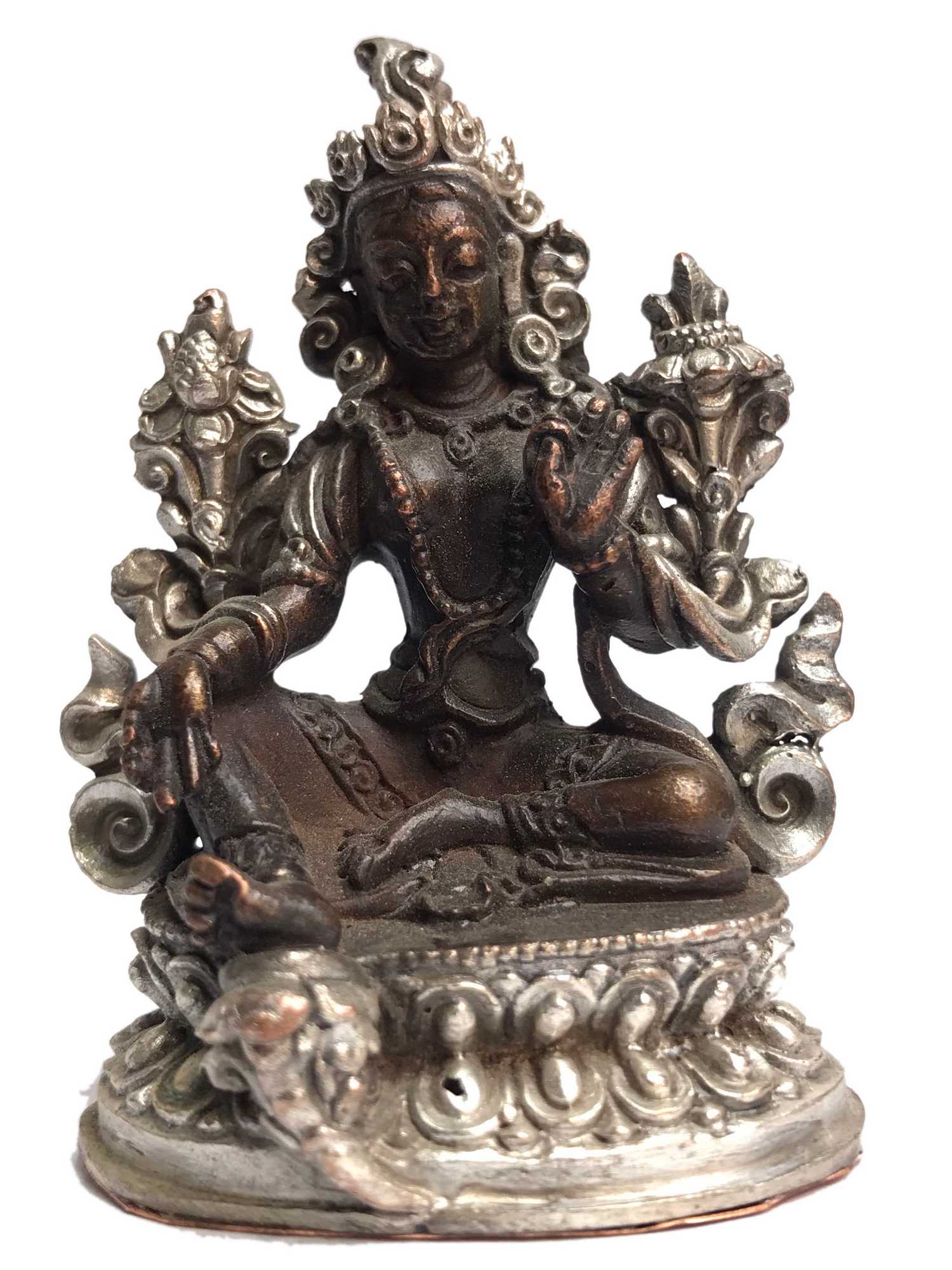 of Green Tara, Double Lotus Base,
of Green Tara, Double Lotus Base, 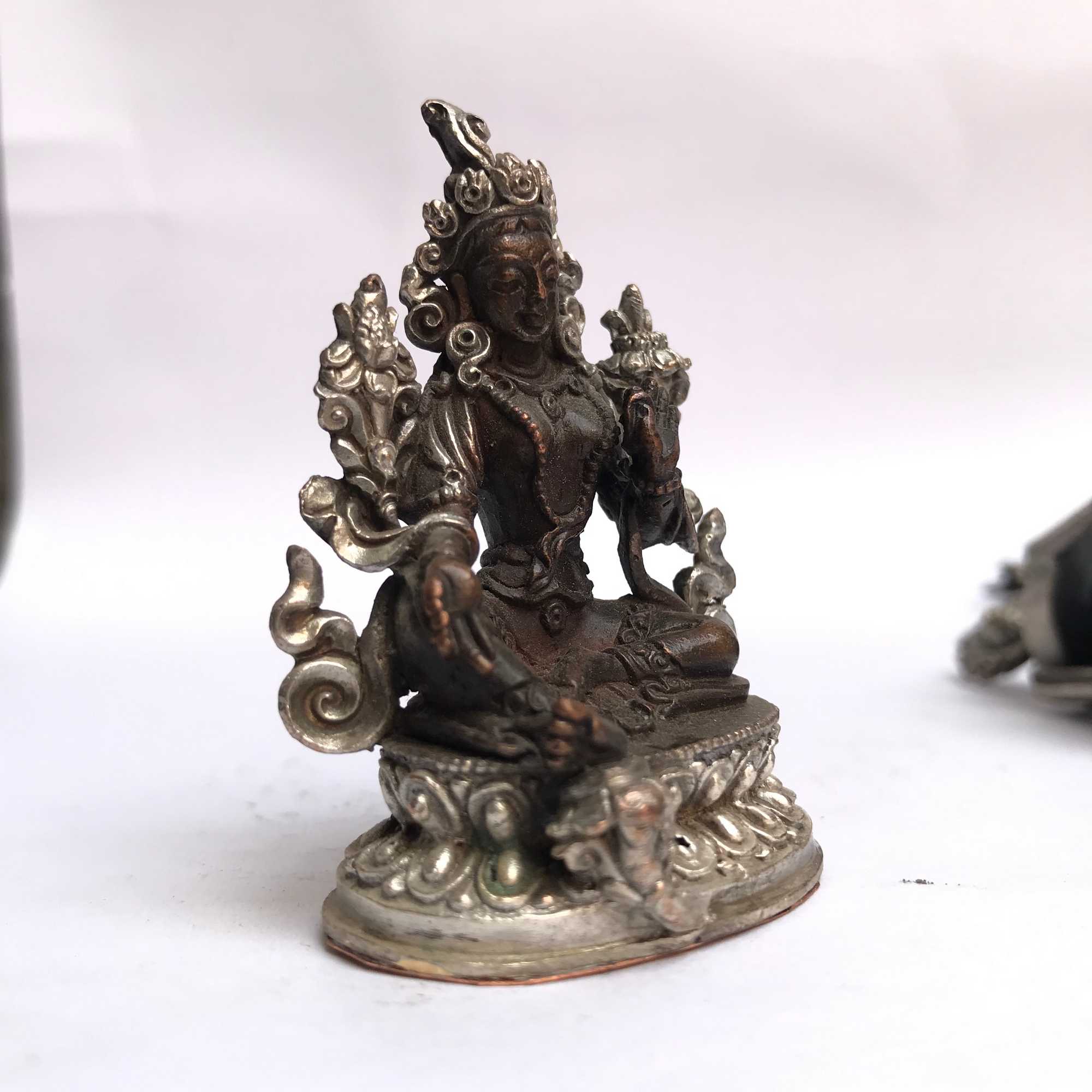 of Green Tara, Double Lotus Base,
of Green Tara, Double Lotus Base,  of Fasting Buddha 4 Pic ,
of Fasting Buddha 4 Pic ,  of Fasting Buddha 4 Pic ,
of Fasting Buddha 4 Pic ,  of Ganesh Red Jambhala, Ganesha,
of Ganesh Red Jambhala, Ganesha, 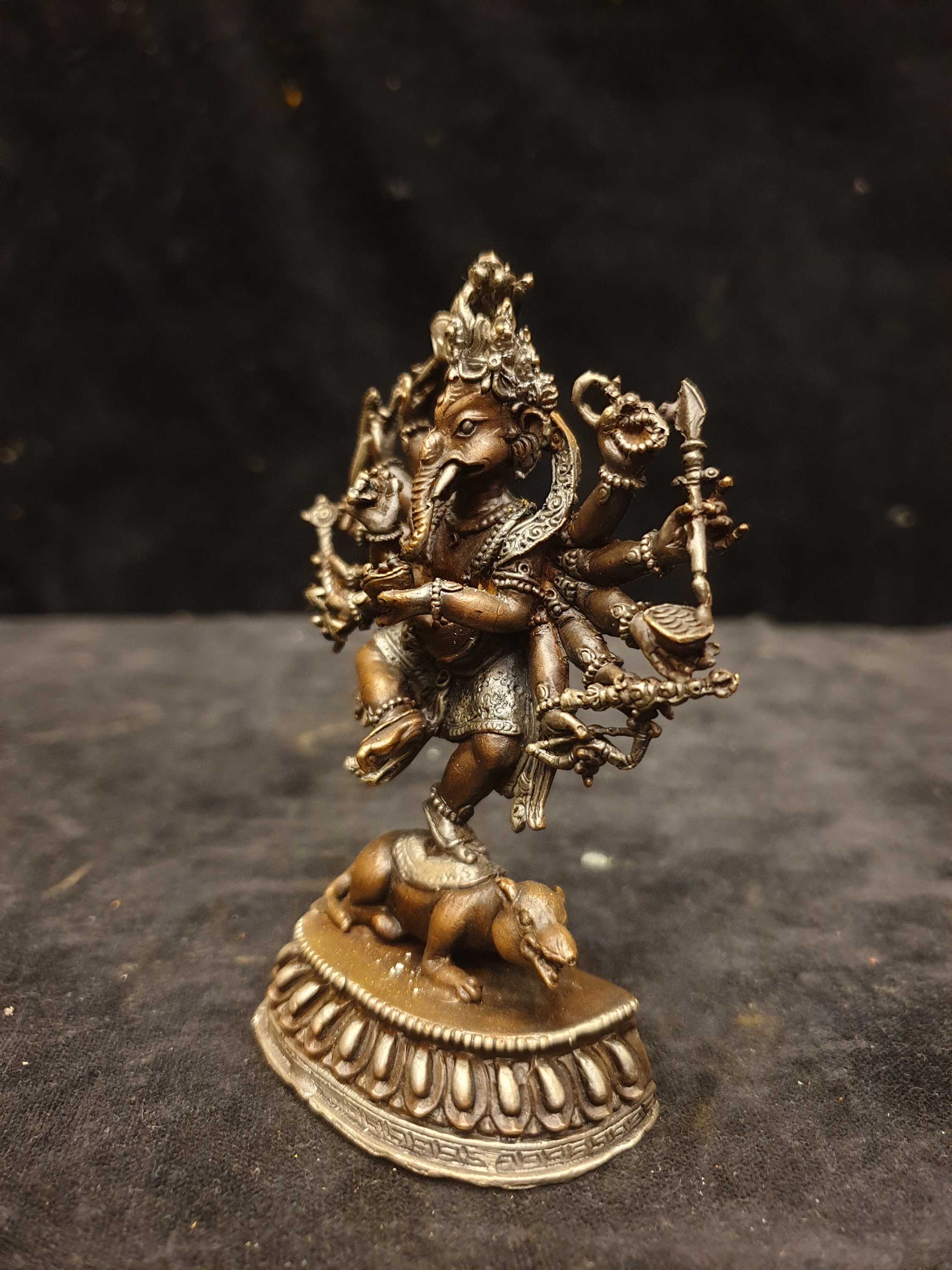 of Ganesh Red Jambhala, Ganesha,
of Ganesh Red Jambhala, Ganesha, 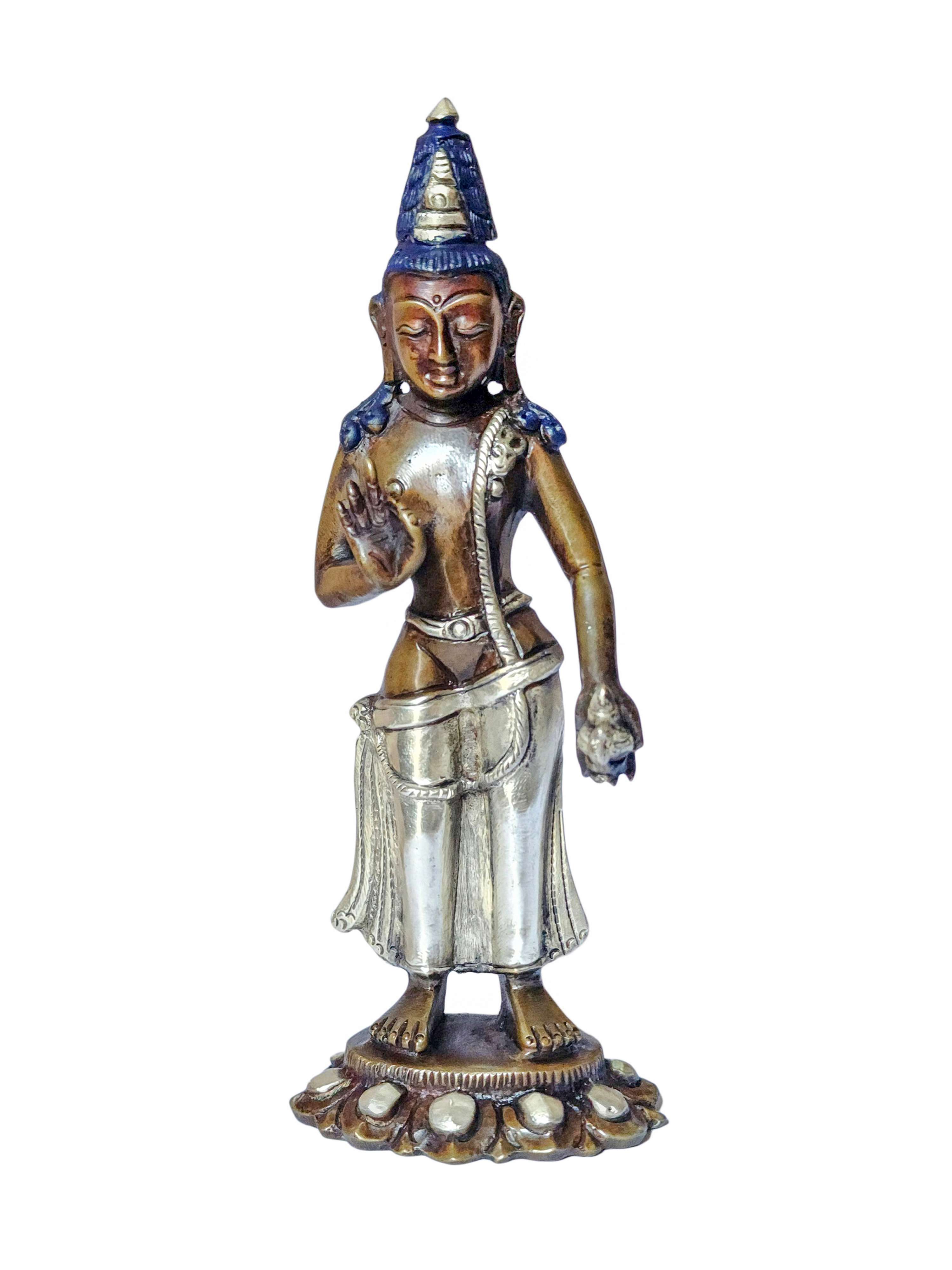 Silver
Silver 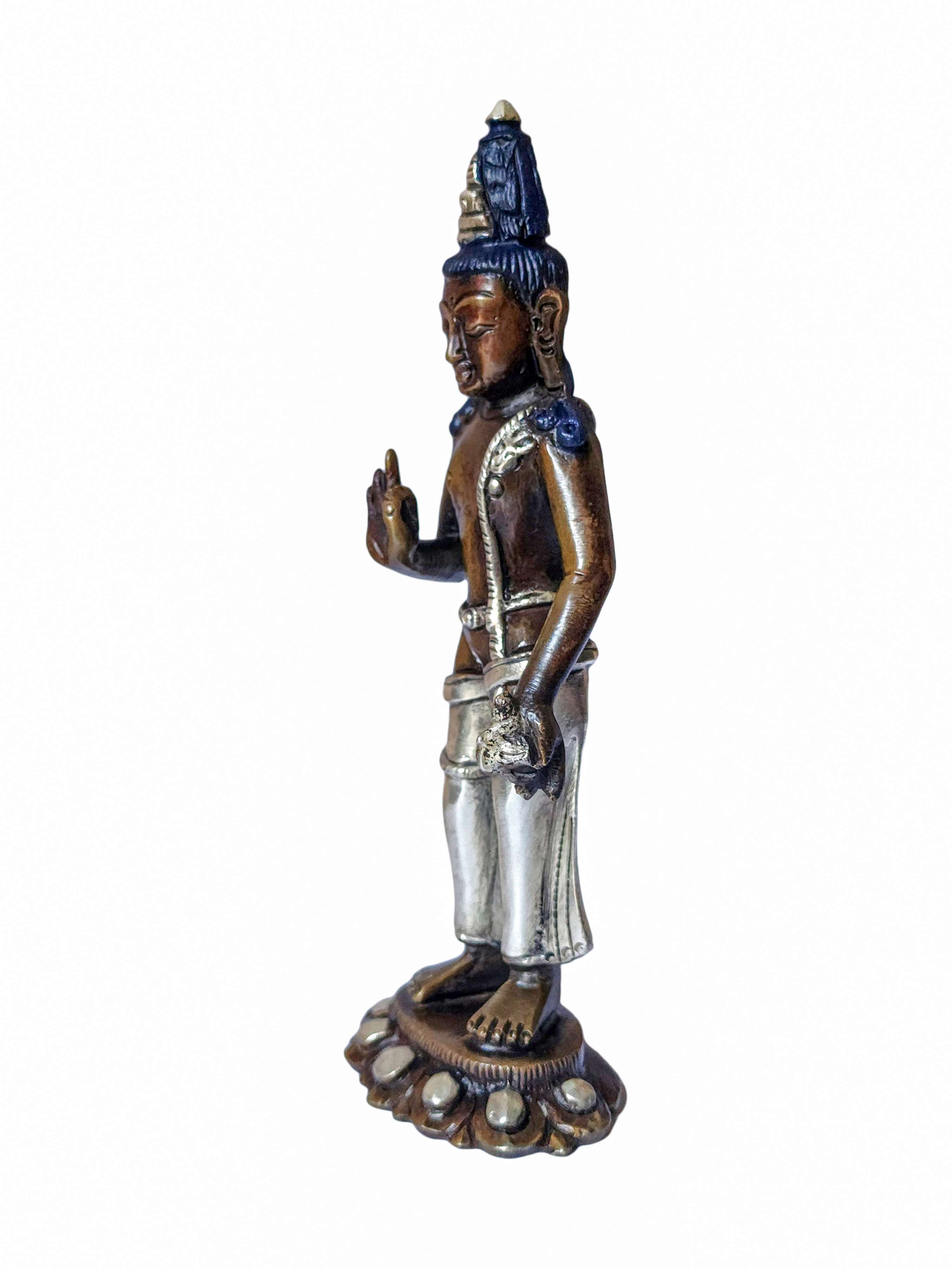 Silver
Silver 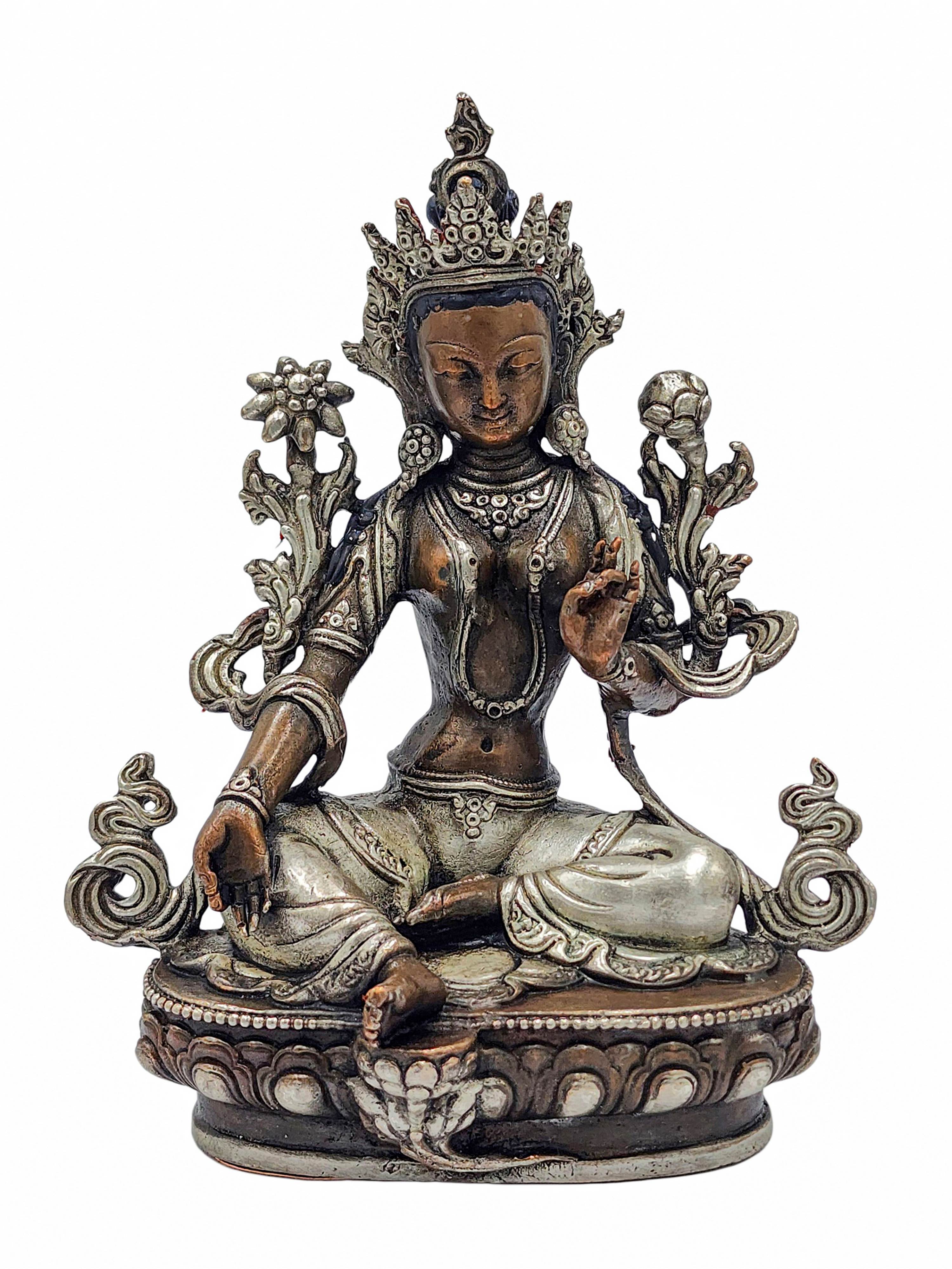 Silver
Silver  Silver
Silver  of Manjushri
of Manjushri 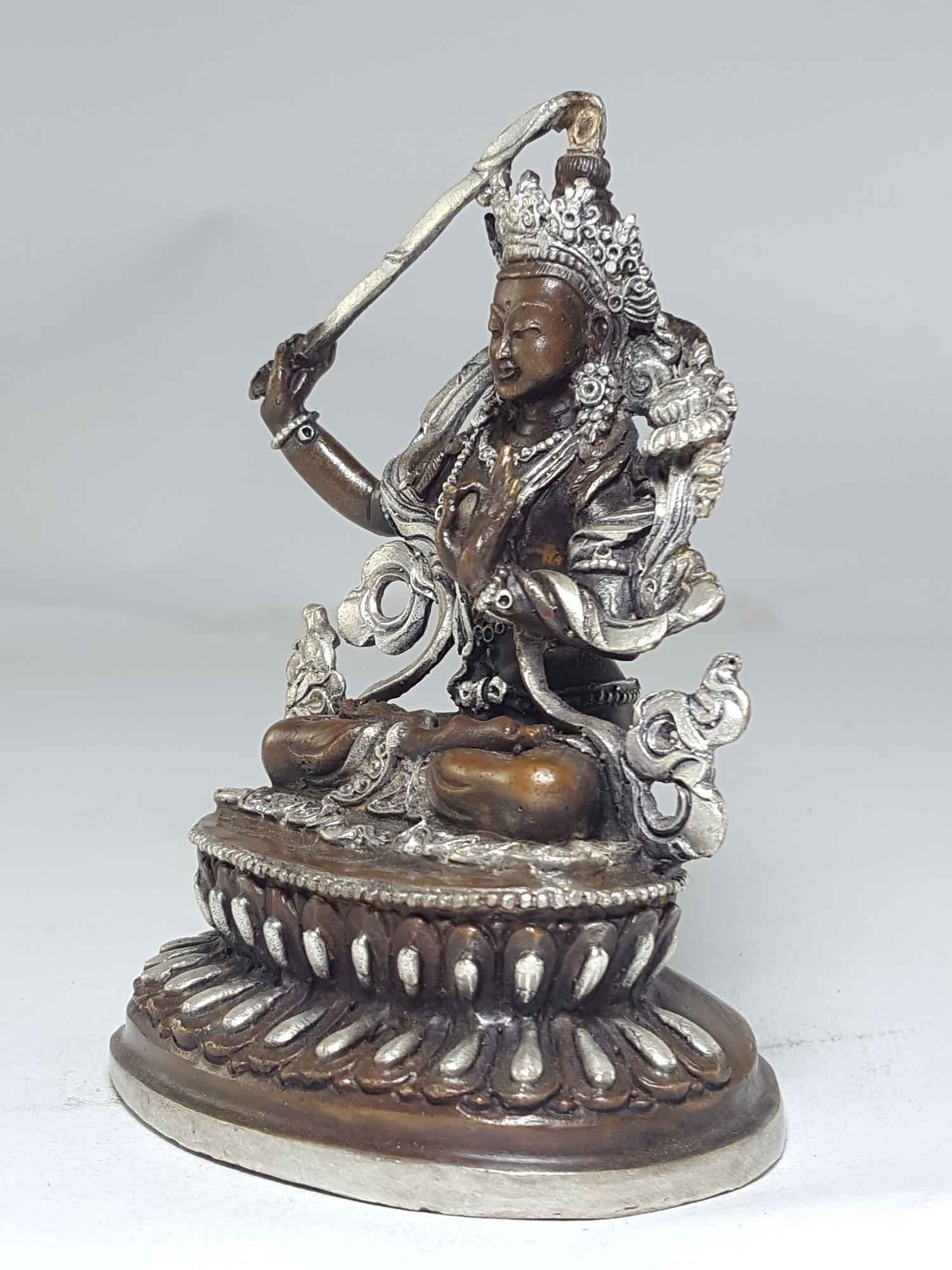 of Manjushri
of Manjushri